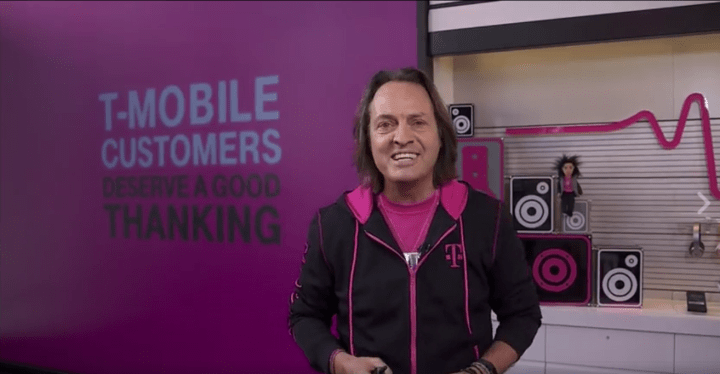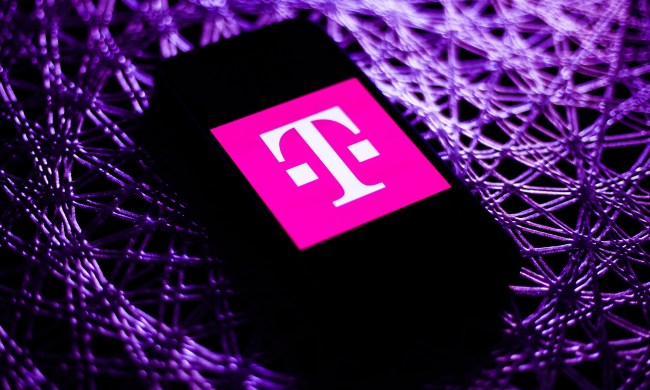
Azubu and Dailymotion Games are not exactly household names, but T-Mobile points out that the two are powerhouses in the burgeoning world of game streaming. Azubu, which bills itself as a “global broadcast network [for] eSports,” raised $94 million and attracted 49 million viewers last year, and recently hosted one of China’s largest Dota 2 tournaments. The self-descriptive Dailymotion Games, meanwhile, hosts tournaments, public gaming sessions, and tutorials, and counts Gamespot and IGN among its media partners. Both together add an entirely new category of content to Binge On, gaming, one which T-Mobile has pledged to grow.
PBS and PBS Kids, meanwhile, offers a content library that skews decidedly more familiar — the former hosts public broadcasting staples like Frontline and Nova, and the later’s got such animated classics as Sesame Street and Arthur on offer. And last but not least, T-Mobile announced that music video platform Eyegroove would be joining the Binge On fray alongside the rest of today’s inductees.
The five new adds represent a measurable expansion in Binge On’s diversity of programming. It now plays host to streaming purveyors of anime, documentaries, concerts, sports, and user-created content — an impressive lineup, T-Mobile chief John Legere rightly said. “Why limit yourself when you can binge on and on and on?” he asked in a press release. “Whatever you and your family watch — from Jon Snow to Elmo — Binge On has everyone covered.”
T-Mobile subscribers have by and large taken those words to heart, it seems. The telecom giant said those enrolled in Binge On have streamed more than 500 million collective hours of video so far (up from 377 million hours in May), and watch more than two times more video on Binge On-eligible plans T-Mobile than those on capped carrier plans. And in a survey of U.S. wireless customers, 94 percent said they’d “try a new online service if it were a part of a free data offering” like Binge On.
But Binge On remains a hot button topic for advocates of net neutrality. The Electronic Frontier Foundation published findings early this year that indicated Binge On reduces the resolution and bandwidth of all video streaming services on T-Mobile’s network indiscriminately — even those not a part of Binge On. And a Stanford report published in January found that T-Mobile’s benefit “limits user choice, distorts competition, stifles innovation, and harms free speech on the internet,” and was “likely illegal” under the Federal Communications Commission’s net neutrality rules. “As long as Binge On gives special treatment to video as a class,” the report read, “it undermines the vision of an open internet where all applications have an equal chance of reaching audiences, and people, not ISPs, choose how to use the bandwidth available to them.
Partly in response to the criticism, T-Mobile began allowing services a part of Binge On to use their own methods of video compression. That was enough to placate the Federal Communications Commission, the agency charged with enforcing net neutrality protections. Its chairman, Tom Wheeler, called the Binge On “highly innovative” and “competitive.”

